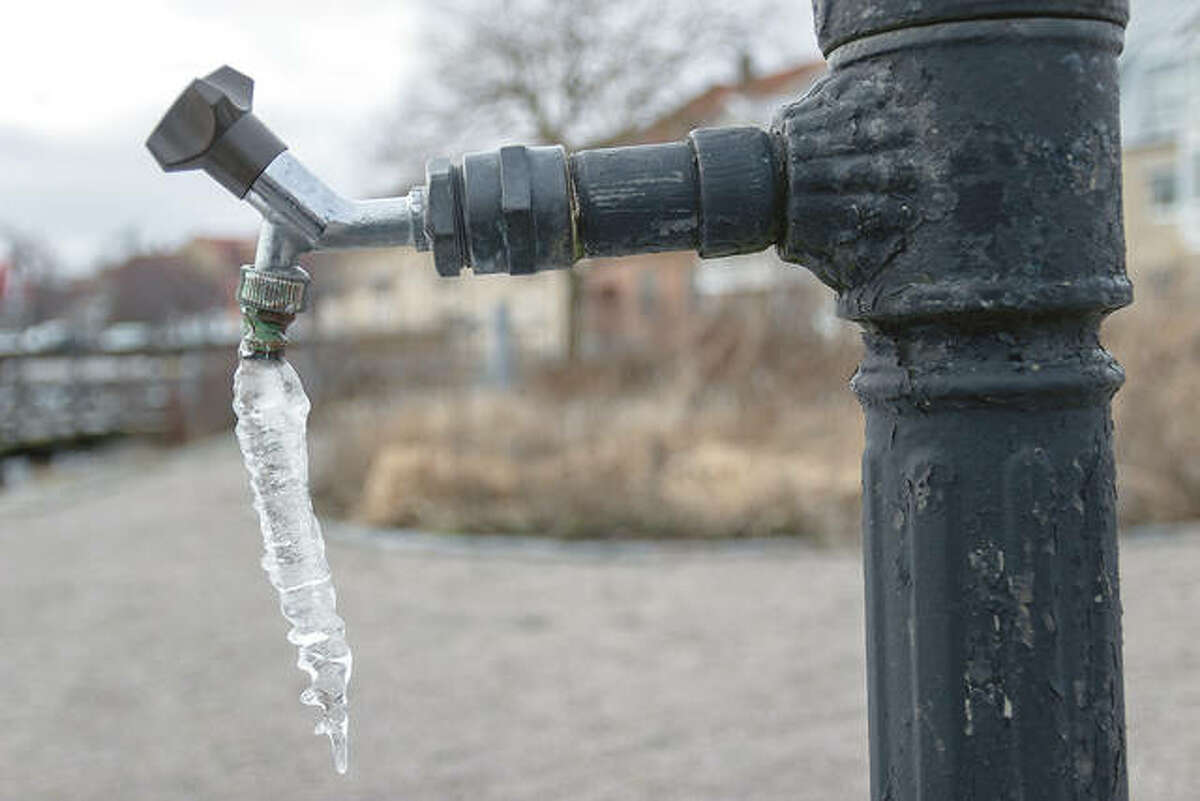Are you in search of advice about How To Avoid Freezing Pipes?

Winter can ruin your plumbing, especially by freezing pipelines. Below's how to avoid it from occurring and what to do if it does.
Intro
As temperature levels decline, the risk of frozen pipes increases, potentially resulting in expensive repair services and water damages. Comprehending exactly how to avoid frozen pipes is essential for homeowners in cold environments.
Recognizing Frozen Pipes
What creates pipelines to freeze?
Pipes ice up when subjected to temperatures listed below 32 ° F (0 ° C) for prolonged periods. As water inside the pipes freezes, it expands, putting pressure on the pipeline walls and potentially triggering them to rupture.
Risks and damages
Frozen pipelines can result in water disturbances, residential property damages, and costly repairs. Ruptured pipes can flooding homes and cause comprehensive architectural damage.
Signs of Frozen Pipes
Determining icy pipes early can stop them from bursting.
Exactly how to recognize frozen pipes
Seek decreased water circulation from taps, uncommon odors or noises from pipes, and visible frost on exposed pipes.
Prevention Tips
Insulating vulnerable pipes
Wrap pipes in insulation sleeves or use warm tape to secure them from freezing temperature levels. Concentrate on pipelines in unheated or exterior locations of the home.
Heating techniques
Maintain interior rooms properly heated, specifically areas with pipes. Open closet doors to allow cozy air to flow around pipelines under sinks.
Safeguarding Exterior Pipes
Yard hoses and exterior taps
Separate and drain yard hoses prior to wintertime. Set up frost-proof spigots or cover outdoor taps with protected caps.
What to Do If Your Pipes Freeze
Immediate activities to take
If you believe frozen pipes, maintain faucets open to ease pressure as the ice thaws. Utilize a hairdryer or towels soaked in hot water to thaw pipelines gradually.
Long-Term Solutions
Structural modifications
Consider rerouting pipelines far from exterior walls or unheated locations. Add additional insulation to attics, cellars, and crawl spaces.
Updating insulation
Buy top quality insulation for pipes, attics, and walls. Proper insulation helps maintain regular temperature levels and lowers the danger of frozen pipelines.
Verdict
Preventing icy pipelines needs proactive actions and quick feedbacks. By comprehending the causes, signs, and safety nets, home owners can protect their pipes during cold weather.
5 Ways to Prevent Frozen Pipes
Drain Outdoor Faucets and Disconnect Hoses
First, close the shut-off valve that controls the flow of water in the pipe to your outdoor faucet. Then, head outside to disconnect and drain your hose and open the outdoor faucet to allow the water to completely drain out of the line. Turn off the faucet when done. Finally, head back to the shut-off valve and drain the remaining water inside the pipe into a bucket or container. Additionally, if you have a home irrigation system, you should consider hiring an expert to clear the system of water each year.
Insulate Pipes
One of the best and most cost-effective methods for preventing frozen water pipes is to wrap your pipes with insulation. This is especially important for areas in your home that aren’t exposed to heat, such as an attic. We suggest using foam sleeves, which can typically be found at your local hardware store.
Keep Heat Running at 65
Your pipes are located inside your walls, and the temperature there is much colder than the rest of the house. To prevent your pipes from freezing, The Insurance Information Institute suggests that you keep your home heated to at least 65 degrees, even when traveling. You may want to invest in smart devices that can keep an eye on the temperature in your home while you’re away.
Leave Water Dripping
Moving water — even a small trickle — can prevent ice from forming inside your pipes. When freezing temps are imminent, start a drip of water from all faucets that serve exposed pipes. Leaving a few faucets running will also help relieve pressure inside the pipes and help prevent a rupture if the water inside freezes.
Open Cupboard Doors
Warm your kitchen and bathroom pipes by opening cupboards and vanities. You should also leave your interior doors ajar to help warm air circulate evenly throughout your home.

Do you like more info about How to prepare your home plumbing for winter weather? Create feedback down the page. We would be glad to see your feelings about this blog posting. In hopes that you come back again in the near future. Do you know another individual who is occupied with the niche? Do not hesitate to share it. Kudos for your time. Please stop by our website back soon.
Further Details